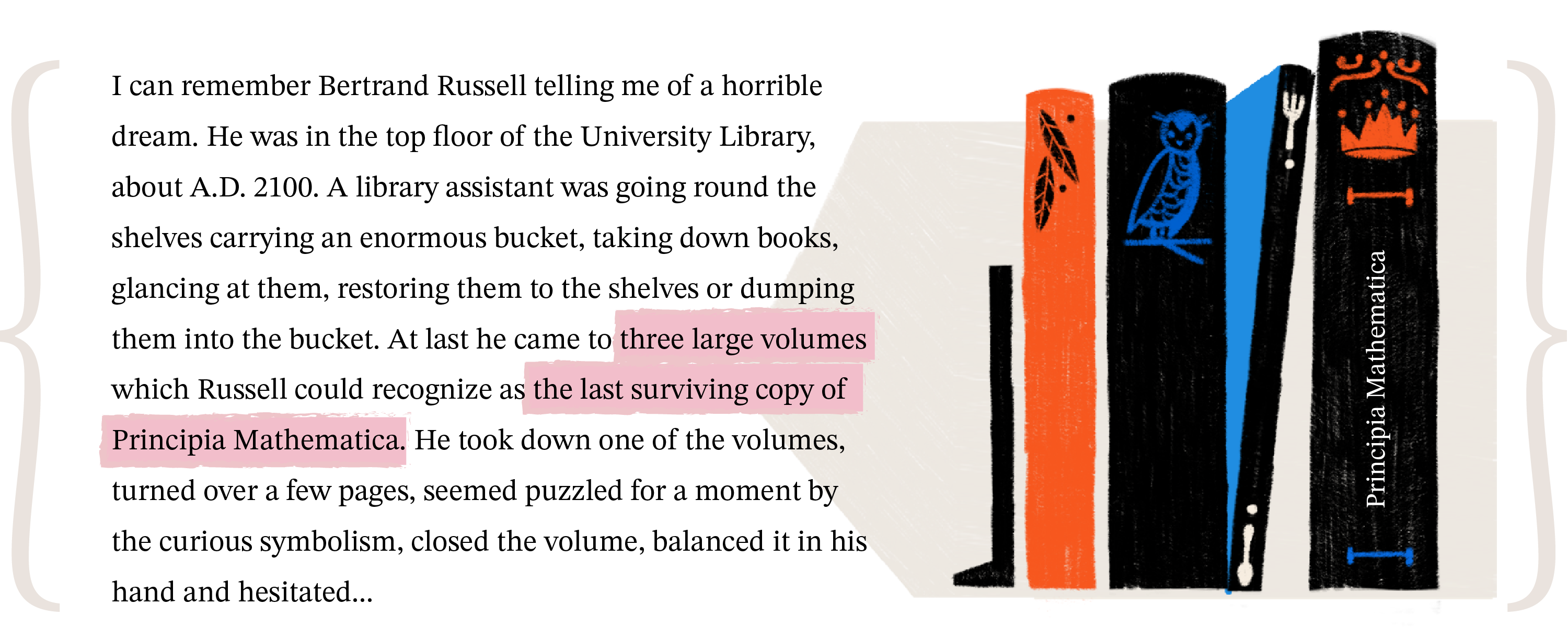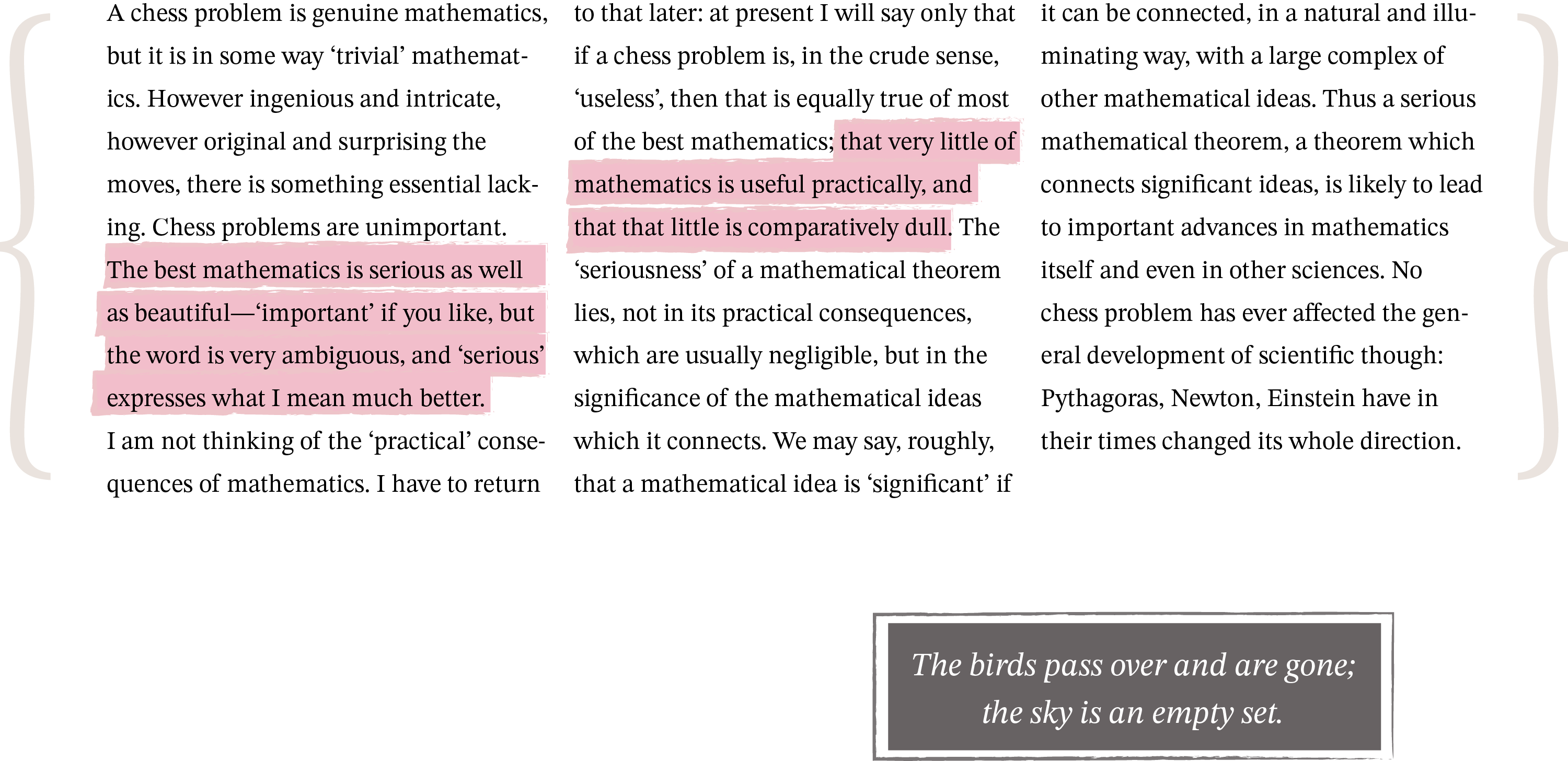
The STIX Two types were commissioned by the STI Pub companies, a consortium of scientific and technical publishers, and are made available under an open source license. The original project began in 1995 and involved not only the commissioning of the first STIX fonts but sponsoring of proposals to encode math alphanumeric subsets and symbols in the Unicode Standard. The first versions of the STIX fonts existed as a set of individual fonts based on a clone of the Times New Roman typefaces, produced for STI Pub by MicroPress. In early 2014, Tiro Typeworks was commissioned to thoroughly revise, extend and repackage the fonts, leading to the distinct STIX Two types.
STIX Two consists of two complementary font sets: the Text family, now consisting of roman and italic variable fonts and eight derived static instances, and the Math font. The core character set of all the fonts covers pan-European Latin, Cyrillic, and Greek language support, IPA phonetic transcription characters, plus common punctuation and symbols. The Text fonts include smallcaps and various numeral variant styles suitable for quality typesetting of a many kinds of texts. The Math font covers a massively extended character set, including not only a full set of Unicode math alphanumeric styles and math operators, but also many technical and graphical symbols. The Math font also includes math-specific variant forms, and implements the OpenType MATH table and associated layout features and is compatible with both Microsoft’s math handler and varieties of TeX typesetting.
In redesigning the types, Ross Mills replaced the Times New Roman clone with a new design that references the original 10pt metal type size of Times, resulting in a more rugged form better suited to a range of print and digital media. The idiosyncratic relationship of regular and bold designs in Times New Roman has been replaced by a coordinated design, enabling a variable font build and medium and semibold instances that are handy for subheads and other editorial articulation.

The STIX Two fonts were first published in late 2016. At the end of 2020, a new version with further extended character sets, major revision of math alphanumeric designs, and extended math variant forms and symbols was released. Much of the new work was completed by Paul Hanslow, under the direction of John Hudson.


























































